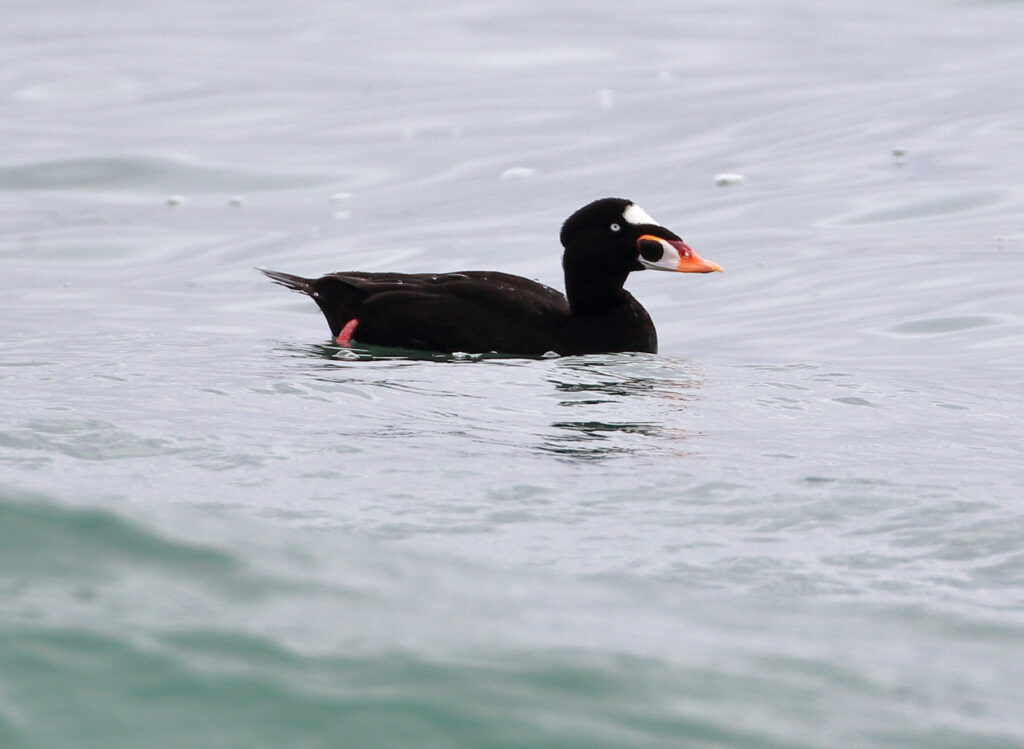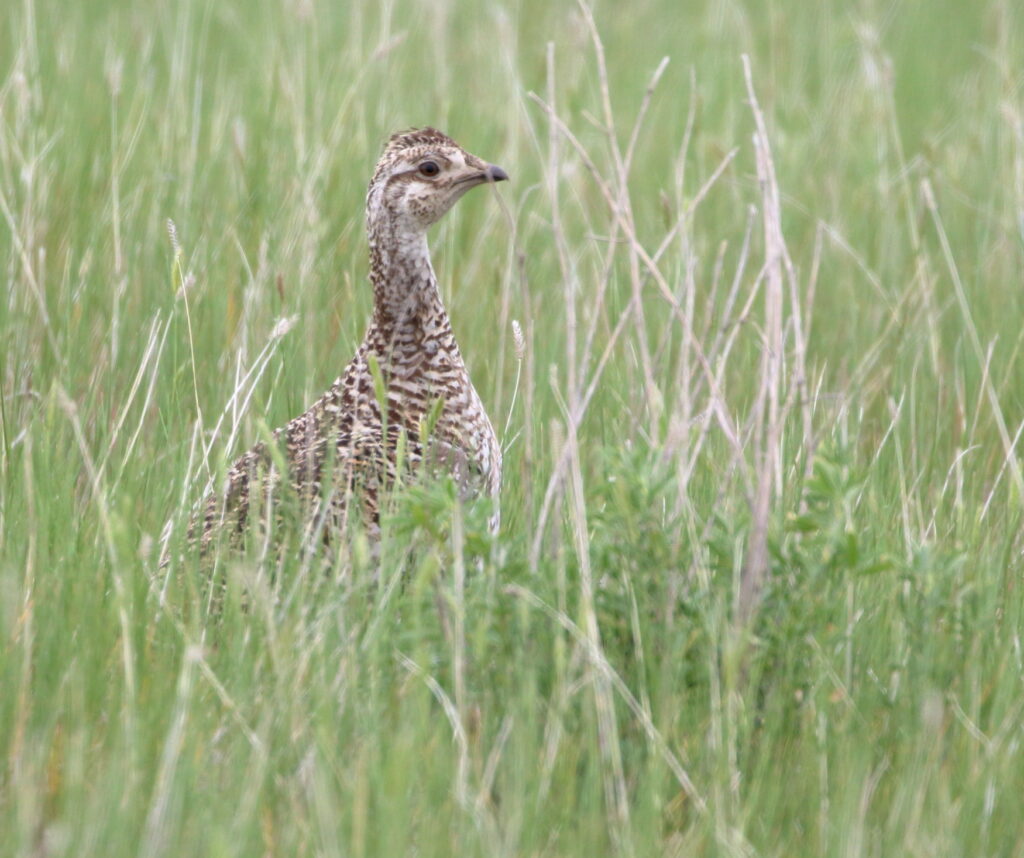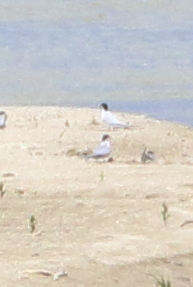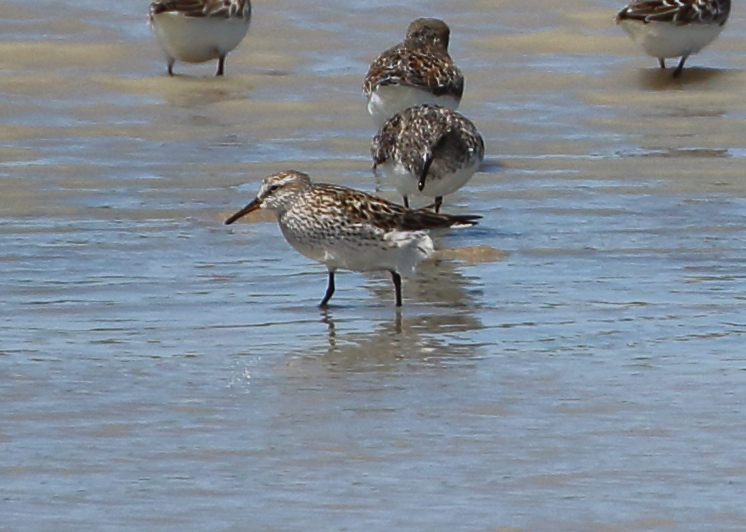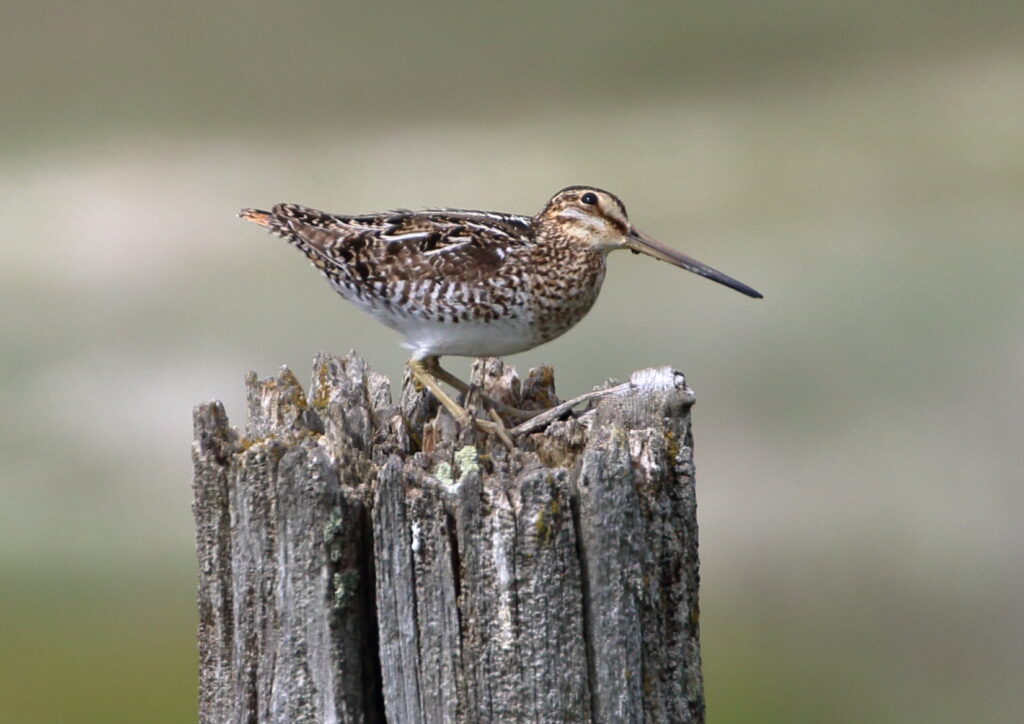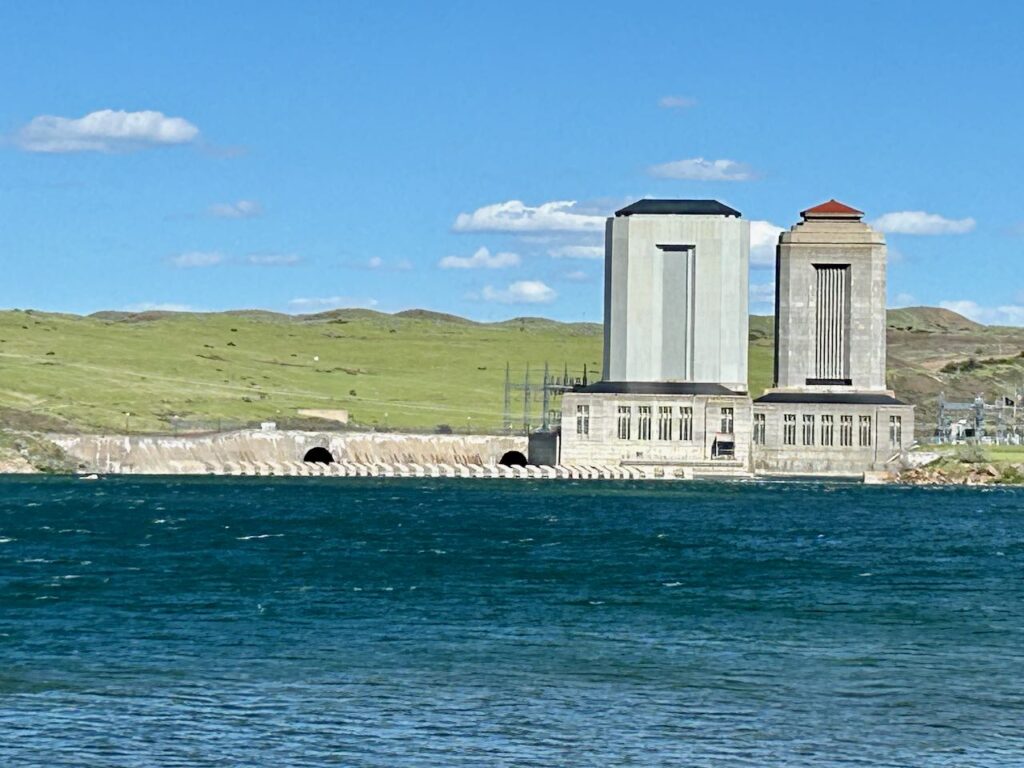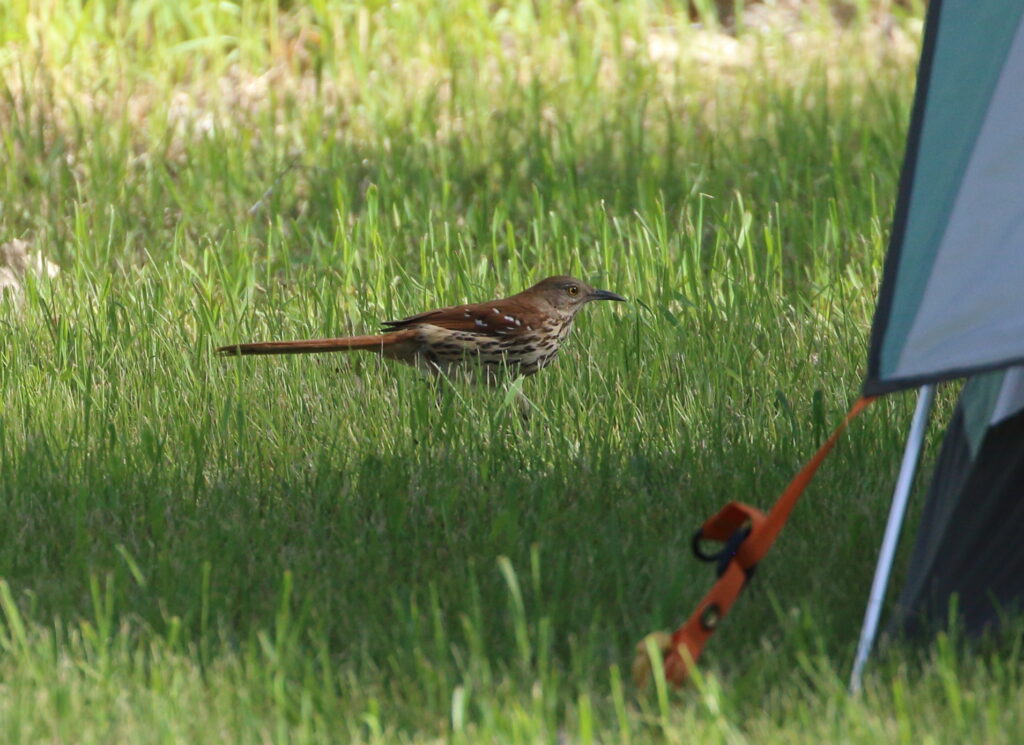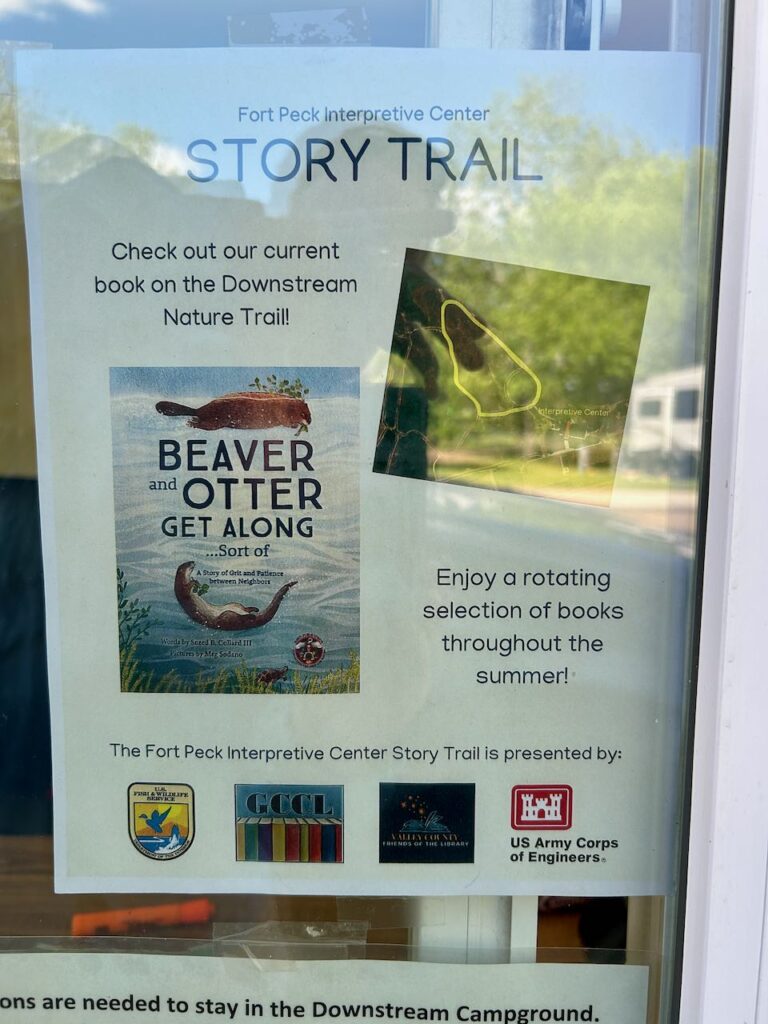After our amazing encounter with Vaux’s Swifts and shorebirds (see our last post), Scott and I had another productive session the next morning at the Ellis Creek water recycling facility and Tubbs Island, both in Sonoma County. As an added bonus, we got to bird with two of Scott’s pals, Steve and Sean. Steve and Scott began birding about the same time and were still in the beginning phases of their birding careers, but Sean grew up birding and taught us all some cool ID features. Most important, he confirmed that the peeps Scott and I saw the day before were indeed Least Sandpipers. With his help, we were also able to identify a couple of sneaky Western Sandpipers that were comingling with the approximately 400 Least Sandpipers in front of us. As much as we enjoyed these sessions, what Scott, Steve, and I looked forward to the next day even more. That’s when we planned to bird legendary Abbotts Lagoon.

Abbotts Lagoon sits within Point Reyes National Seashore, and none of us had ever before birded it. However, Braden and our occasional guest contributor, Roger Kohn, had both been there and given it high marks. As we crested the mountains at Point Reyes and drove down toward the coast, I didn’t know what we would find, but held my hopes high.
Reaching the beginning of the lagoon requires a mile or so hike through remarkable dwarf-like vegetation that reminded me of steppe or tundra, probably because fog enshrouded the lands around us. I hadn’t realized we would have to hoof it so far, but I was grateful because we got great looks at many California residents: California Quail, California Scrub-Jays, White-crowned Sparrows, and most exciting, Wrentits. One of these, in fact, popped up no more than fifteen feet from us—unusual for a generally secretive bird. Nontheless, it was the lagoon and beach beyond that propelled us forward and when we reached the lagoon we found . . .

Nothing.
Well, almost. Instead of vast rafts of shorebirds ripping up the mud, only a couple of wading birds and American White Pelicans could be made out as far as the eye could see. Darn, I thought to myself. But if there’s an, ahem, cardinal rule to birding it is this: You Never Know. So we plowed ahead, following the harder beach sand, and soon came to a little bend where we got great close-ups of three Red-necked Phalaropes and a Pectoral Sandpiper—a bird I recognized only from my hours studying them in Montana. This bird, in fact, was quite interesting because PESAs show up only in small numbers on the West Coast, and generally only in fall. A lifer for Scott and Steve!


Continuing toward the ocean, we spotted two Black-bellied Plovers and a flight of shorebirds in the distance, but it wasn’t until we reached the ocean that we got some real action.
I was just as excited by pelagic bird possibilities as I was by shorebirds, and once on the beach I immediately set up the spotting scope we’d lugged the two miles out there. Like shorbs, I rarely have a chance to observe pelagic birds, and I felt determined to make the most of this rare opportunity. Right away, I saw a number of dark shapes out on the water—shapes that appeared and disappeared on the four-foot swell. Oh man, I thought to myself, I’m never going to be able to figure out what those are. In such situations, I have learned to relax and just hang in there, and that’s what I did now.
From studying before the trip, I came up with several likely possibilities of species that could be out there. These included Common Murres, Pigeon Guillemots, various storm-petrels, and Sooty Shearwaters. In fact, as we arrived, I noticed at least eight medium-sized dark birds swooping low over the water. When they turned, I spotted light patches under the wings. First victory: Sooty Shearwaters.
Then, I saw a larger bird floating a couple of hundred yards offshore. The shape shouted “Loon” and I thought, “Hm, that looks like it has a silvery sheen on its head.” Victory #2: Pacific Loon!

After that, it got harder, but I did manage to ID some distant Common Murres by the white around the face and neck, thinner “up-pointed” bills, and longer body lengths. A seabird expert undoubtedly would have found additional species, but as a seabird novice, I felt satisfied. Humorously, as I was looking through the scope, I suddenly saw a whale’s tail emerge behind several of the birds. Did I look up? Of course not! Who has time for pesky mammals when there are ocean birds to be seen!
But let us not ignore the beach itself. As Scott, Steve, and I enjoyed the waves and emerging sun, the shorebirds decided to put on a show. On one side of us, a flock of at least 150 Least Sandpipers landed only a hundred yards away. On the other side, a couple of hundred Western Sandpipers settled down. Talk about your perfect conditions for comparison! In fact, this was my first chance ever to get good, leisurely looks at Westerns and I took full advantage of it.

You remember that Sesame Street song “One of these things is not like the other?” Studying the Least Sandpipers, I spotted a much paler bird with a thick black bill and black legs. Another peep: Sanderling!
Meanwhile, among the Western Sandpipers, I espied smaller birds with shorter bills and dark collars around their necks—Semipalmated Plovers!

To add to the show, a Peregrine Falcon landed on the sand behind us, and on the way back we saw several other raptors including a White-tailed Kite. After Abbotts, we got a delicious lunch at Inverness Park Market, and then headed to Limantour Beach for great looks at Surf Scoters. All in all, it was an awesome day chasing migrants, featuring good birds, good food, and best of all, great company.
Trip Report: https://ebird.org/tripreport/276917
